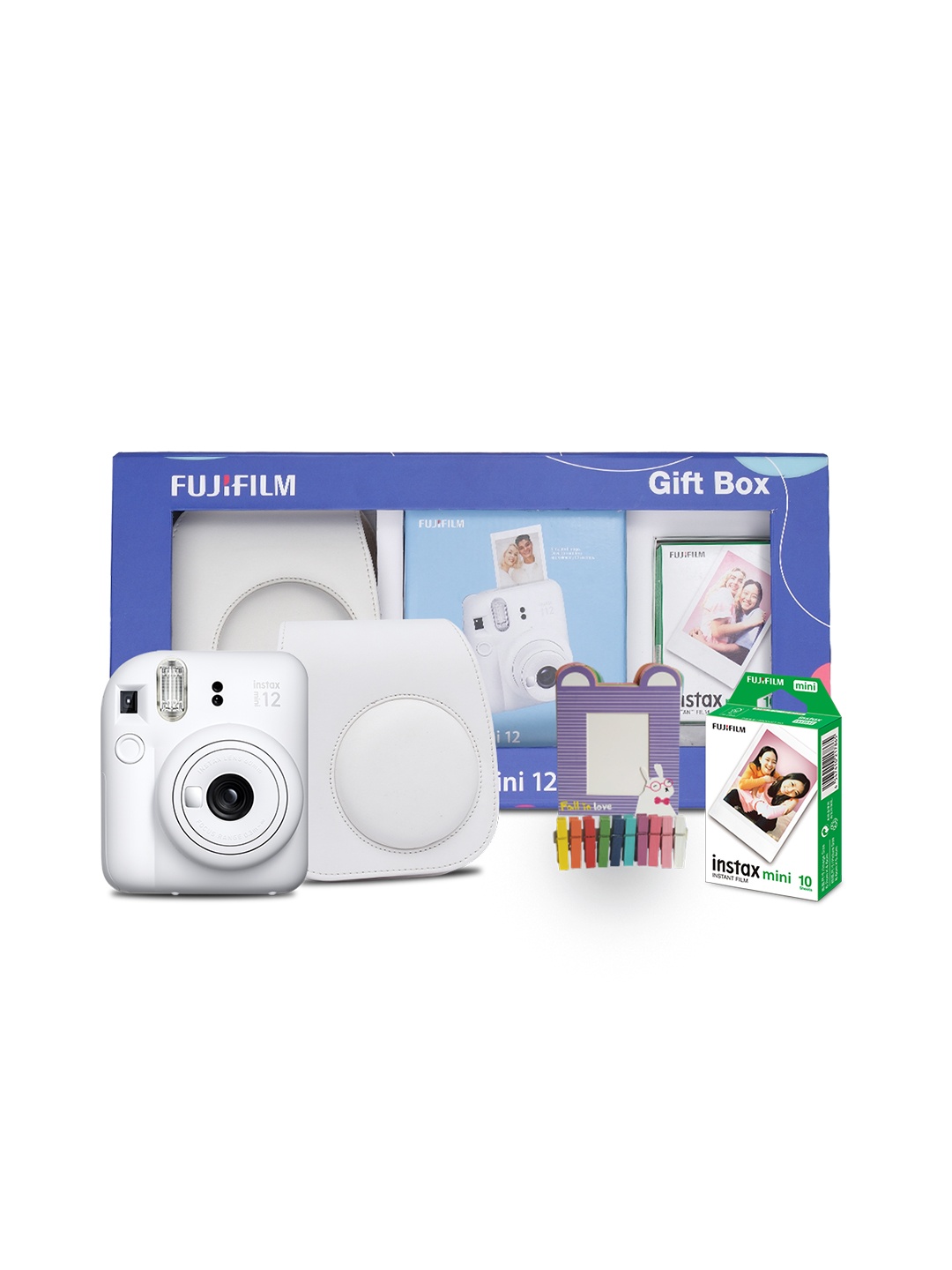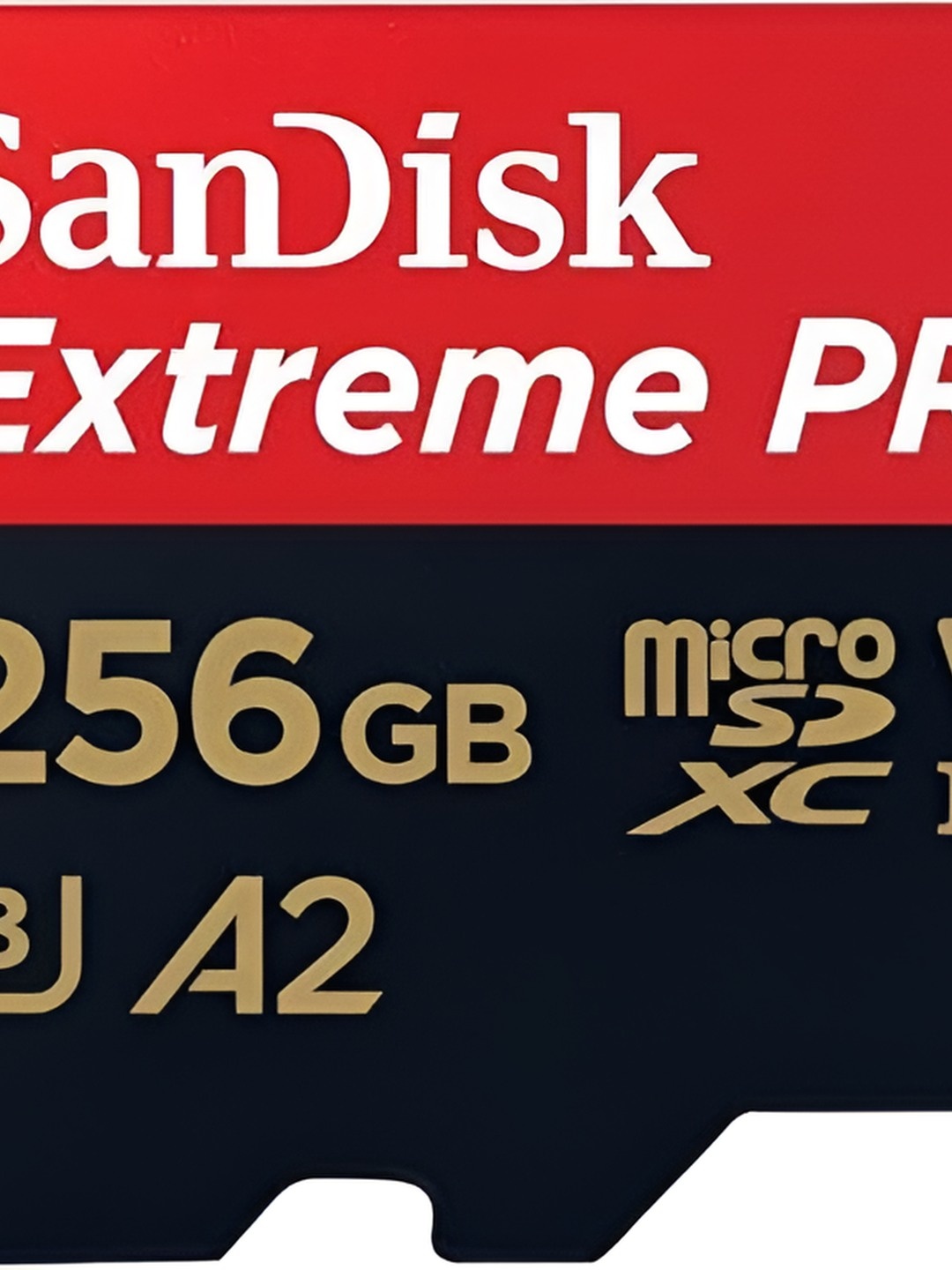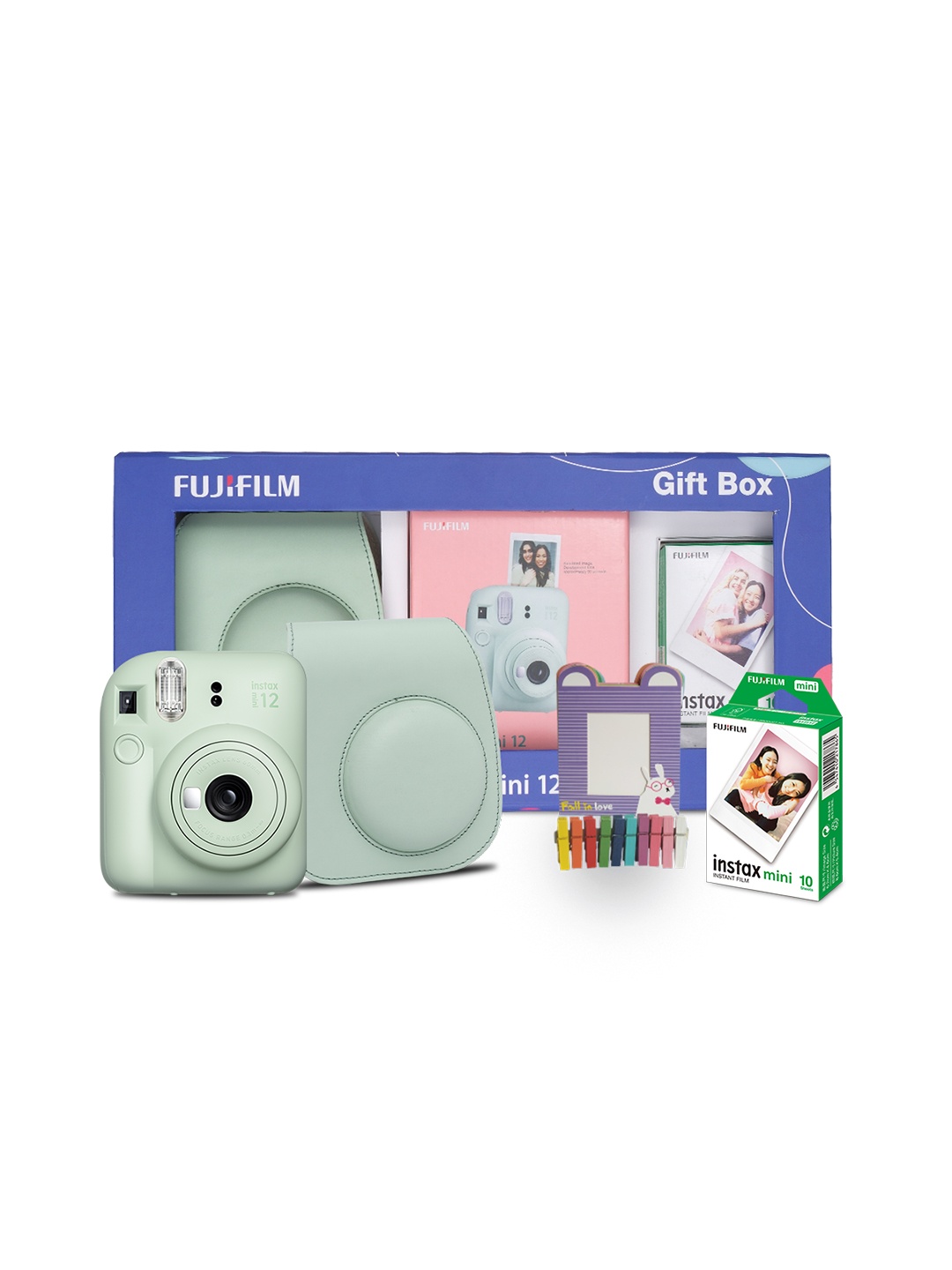Family Safety Concerns? Here's Your Complete Guide to Choosing a Top Home Security Camera System
Choosing the right security camera system for your home can be overwhelming. From camera quality to storage options, we will walk you through key features you should consider before making the decision.

Top Features To Consider While Selecting The Right Security Camera System On Amazon
Concerned about your family's well-being and security? This comprehensive guide simplifies choosing the right home security camera system. We understand that your loved ones' safety is paramount. Explore various camera types, features like night vision and motion detection, and system setups to find the perfect fit for your needs. Whether you're looking to protect your family, valuables, or simply have peace of mind, investing in the right security camera system is a crucial decision. Let this guide empower you to make an informed decision while buying a home security camera system.
Should you choose wired or wireless cameras? What kind of image quality do you need? How important is storage? Should you go for a system with smart features? In this article, we'll break down the eight key features you need to consider when choosing a security camera system for your home. By the end, you'll have a clear understanding of what to look for, so you can make an informed decision.
Concerned for Your Family's Security? This Guide Will Help You Choose the Ideal Home Camera System; Photo Credit: Pexels
1. Camera Resolution: Crystal Clear or Blurry Footage?
When it comes to security cameras, clarity is key. You might think that all cameras can capture clear footage, but not all resolutions are created equal. If the camera doesn't offer high resolution, it could be next to useless, especially when you need to identify a face or a vehicle number plate.
In today's world, a minimum of 1080p resolution (Full HD) is recommended. Anything less can leave you with grainy, pixelated images that won't do you any favours when trying to identify intruders or suspicious activity. Think about it, would you rather have a blurry image of someone at your doorstep, or a crisp, clear one that shows exactly what's going on?
If you want an extra layer of security, consider cameras with 4K resolution, although they can be more expensive and require more storage. Cameras with higher resolution give you the detail you need, ensuring that even small details aren't missed. So, before you buy, make sure your cameras have the resolution you need to feel confident about your home's security.
2. Field of View: Seeing The Whole Picture
Imagine this: You install a security camera at the entrance of your home, but it only captures a small portion of the space. As a result, you miss key areas, like the side gate or part of your driveway. A camera's field of view (FOV) refers to how much area the camera can capture in a single frame. The wider the field of view, the more space the camera can monitor.
A wider FOV means fewer cameras are needed to cover more ground. Some cameras offer an FOV of 90°, while others stretch up to 180° or even 360°. For most homes, a FOV of 120° to 160° is ideal, as it gives good coverage without excessive overlap.
Think about it in terms of the layout of your home. If you have a large garden or a driveway, you'll need a camera that covers more ground. If you're only focusing on a smaller space, a camera with a more narrow field of view may suffice. Be strategic and consider your home's layout before making the choice.
3. Wired vs Wireless: Which Is Better for You?
Now, this is the age-old debate. Do you go for a wired system or a wireless one? Each comes with its own set of pros and cons, and the right choice depends on your home's layout and your personal preference.
Wired cameras are known for their stable connections. Since they are hardwired into your home's power and internet system, they don't rely on Wi-Fi signals, meaning they're less prone to interference or connectivity issues. However, installation can be tricky and might require professional help.
On the other hand, wireless cameras are more flexible and easier to install. They can be placed anywhere within the range of your Wi-Fi signal, but they do rely on a strong, stable connection. If your internet is weak or inconsistent, you could face delays or image freezing.
For most homes, wireless cameras are sufficient and much easier to install, especially in apartments where drilling holes might not be an option. But for larger properties or homes that don't have reliable Wi-Fi coverage, a wired system might offer more reliability.
4. Night Vision: Security Doesn't Stop After Dark
Let's face it, most break-ins happen at night when visibility is low. If your camera doesn't have a good night vision feature, it might be useless when you need it the most. Night vision uses infrared technology to capture footage in low-light or complete darkness.
When choosing a camera, ensure that it offers quality night vision with a good range. A camera with a poor night vision range might only capture the immediate area in front of it, leaving other parts of your home unmonitored. Look for cameras with infrared LEDs that have a longer range, usually between 20 to 30 metres, so that even during those pitch-black nights, your camera will capture every detail.
Also, keep an eye out for cameras with "colour night vision." While most cameras will show black and white footage at night, some modern models can capture colour images, which can be crucial when identifying individuals or objects.
5. Storage Options: Never Run Out of Space
Once your cameras are recording, where does all that footage go? Storage is a critical factor when choosing a security camera system. Some cameras store footage on a microSD card, while others rely on cloud storage or a combination of both.
Cloud storage has its benefits, offering off-site storage that can't be tampered with. However, it usually requires a monthly subscription fee, which can add up over time. On the other hand, local storage options like microSD cards or Network Video Recorders (NVRs) are cost-effective in the long run but require regular maintenance and have limited storage capacity.
The storage option you choose depends on how much footage you want to retain. For those who want to store weeks or even months of footage, cloud storage or an NVR system with large storage capacity might be a better fit. If you're looking for something more budget-friendly, a microSD card will suffice, but bear in mind the limitations.
6. Smart Features: The Future of Home Security
Gone are the days when security cameras were basic tools that simply recorded footage. Today, cameras come with smart features that make home security more efficient and effective. Features like motion detection, two-way audio, and smartphone alerts can take your security to the next level.
Motion detection allows the camera to start recording as soon as movement is detected, preventing wasted storage. Some cameras even allow you to set specific zones within the camera's field of view, so you only get alerts for activity in the most important areas.
Two-way audio lets you communicate with anyone near your camera. This is useful for scenarios where you need to speak to delivery people or intruders. Many cameras also integrate with other smart home systems like Alexa or Google Assistant, so you can control them with voice commands.
For tech-savvy homeowners, opting for a system with these smart features adds an extra layer of convenience and efficiency.
7. Weather Resistance: Don't Let The Weather Play Spoilsport
If you're installing cameras outdoors, weather resistance is crucial. Indian weather can be unpredictable, from scorching heat to heavy rains and humidity, so choosing a camera that can withstand the elements is a must.
Look for cameras that are IP-rated (Ingress Protection). An IP rating indicates how well a device is protected from dust and water. A camera with an IP65 rating means it's dust-tight and can handle rain, making it ideal for outdoor use. Higher ratings, such as IP67, mean the camera can even withstand temporary submersion in water.
Don't forget to consider temperature resistance, too. Some cameras can operate in extreme heat, while others may struggle in temperatures above 40°C, which is a common occurrence in many parts of India.
8. Budget: Balancing Cost and Quality
Let's talk about the elephant in the room: cost. Security cameras range from affordable options that cost a few thousand rupees to high-end models that can set you back tens of thousands. But the most important question is, what can you afford, and what are you willing to compromise on?
While it's tempting to go for a cheap option, be aware that quality might suffer. Low-cost cameras might not offer the resolution or features you need, so think about what's non-negotiable for you. If you're on a tight budget, consider starting with a basic system and upgrading as needed.
For larger properties or those with a lot of valuables, spending a little more might be worth it for higher-quality cameras with better features and reliability. Always look for systems that offer good value for money, you don't need to break the bank, but investing in quality security can save you a lot of hassle in the long run.
Choosing the Right Security for Your Family: A Complete Guide to Home Camera Systems; Photo Credit: Pexels
Products On Amazon Related To This Article
1. MANOMAY 2MP Smart CCTV Wi-fi Home Security Camera with Pan Tilt 360° View, 2 Way Talk, Cloud Monitor
2. Imou 360° 1080P Full HD Security Camera, Human Detection
3. Tapo C201 360° 2MP 1080p Full HD Pan
4. Qubo Smart 360 2K 3MP 1296p WiFi CCTV Security Camera from Hero Group
5. Tapo TP-Link C210 360° 3MP Full HD 2304 X 1296P Video Pan
6. Imou 3MP Smart CCTV Security WiFi Camera for Home, 360° Coverage, AI Human Detection
7. Trueview Smart Security Camera 4G 3mp CCTV Dome Camera for Home
8. Trueview 3Mp HD 4G SIM Based Pan Tilt CCTV Camera
Choosing the right security camera system for your home doesn't have to be a daunting task. By considering factors like camera resolution, storage options, smart features, and weather resistance, you can easily narrow down your choices to the system that fits your needs. Whether you're on a budget or willing to splurge for the latest tech, there's something out there for every home.
Remember, security isn't just about protecting your property; it's about providing peace of mind for you and your loved ones. With the right security camera system in place, you'll be able to rest easy knowing that your home is secure, no matter the time of day or night.
So go ahead, take the time to research, and make an informed decision. After all, when it comes to protecting what matters most, a little extra effort goes a long way.
Disclaimer: The images used in this article are for illustration purpose only. They may not be an exact representation of the products, categories and brands listed in this article.



























